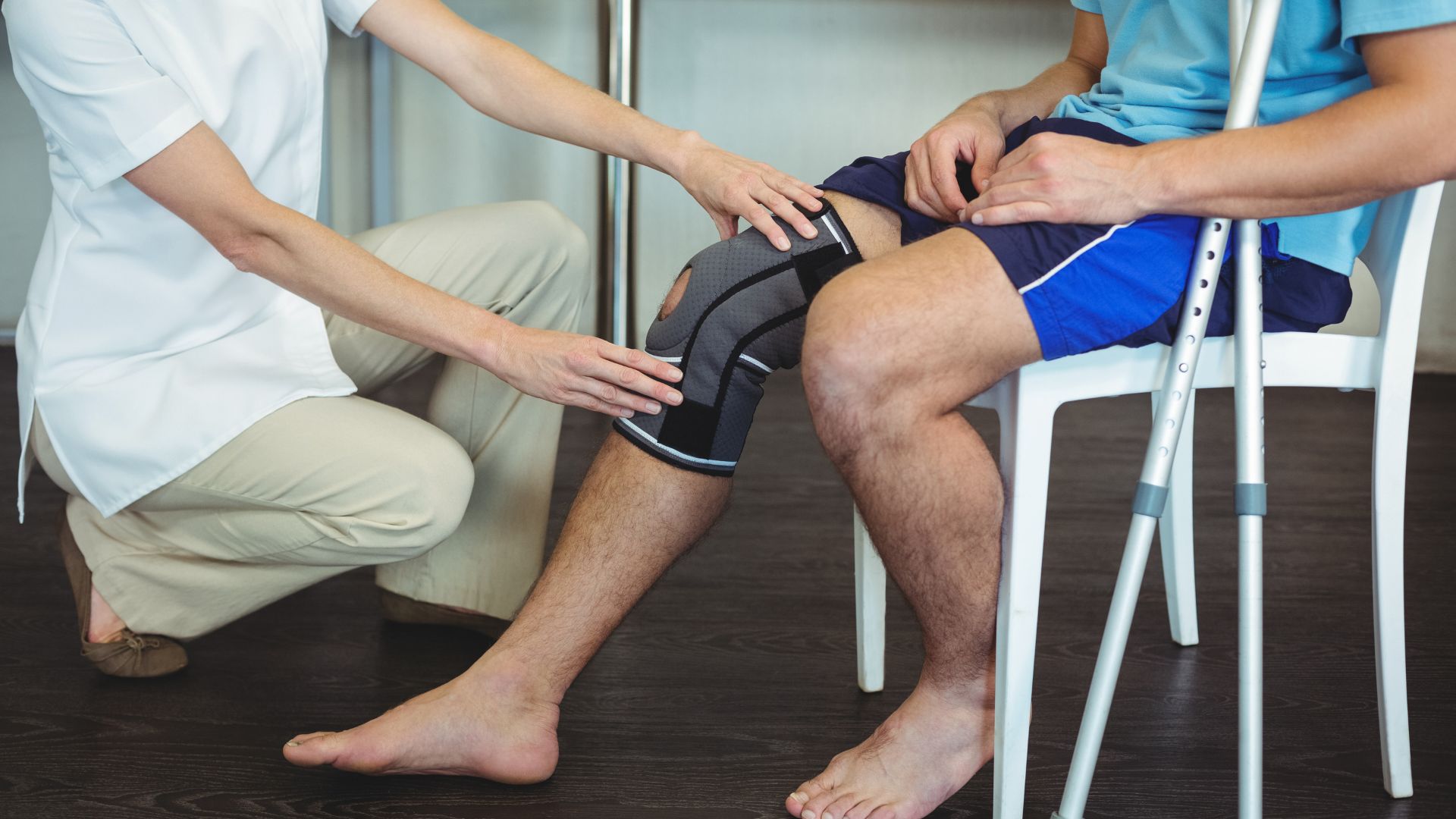If you’re dealing with injuries from an accident, you might be wondering how your pre-existing conditions impact personal injury claims. This is a common concern for many Colorado Springs residents, and rightfully so. Pre-existing conditions can complicate your case, but they don’t necessarily prevent you from seeking fair compensation. Keep reading to learn how these conditions affect your claim and what you can do to protect your rights.
Understanding Pre-Existing Conditions in Personal Injury Cases
Pre-existing conditions impact personal injury claims in various ways, but before we dive into that, you need to understand what they are. Simply stated, a pre-existing condition is any health problem you had before the accident happened.
For you that may mean a chronic illness like diabetes or arthritis or previous injuries like a bad back or knee problems. Don’t let these previously diagnosed conditions discourage you. Your claim is still valid, and you have rights.
The “Eggshell Plaintiff” Rule in Colorado
Colorado law recognizes the “eggshell plaintiff” rule, which is crucial when dealing with pre-existing conditions and personal injury claims. Here’s a simple way to understand it:
Imagine you have a pre-existing condition that makes you more vulnerable to injury, like having brittle bones. Now, if someone’s negligence causes an accident that injures you, they can’t use your pre-existing condition as an excuse to avoid responsibility. Even if a person without your condition would have been less severely injured, the at-fault party is still responsible for all the harm they caused you.
In other words, the rule says: “You take the victim as you find them.” This means that if your pre-existing condition made your injuries worse, the party who caused the accident is still liable for all the damage – not just the part they think a “normal” person would have suffered.
This rule protects you from unfair treatment due to your prior health status and ensures that your unique medical situation is taken into account when determining compensation.
Documenting Your Pre-Existing Condition
Because pre-existing conditions impact personal injury claims, proper documentation becomes your strongest ally. Here’s what you need to do:
- Collect medical records: Gather all relevant medical records from before the accident.
- Consult your doctors: Have your healthcare providers clearly document how the accident affected your pre-existing condition.
- Keep a detailed journal: Record how your symptoms have changed since the accident.
Thorough documentation helps establish the difference between your pre-accident state and your post-accident condition, strengthening your claim.
Related: How to Document Your Injuries for a Stronger Personal Injury Claim in Colorado Springs
The Importance of Prompt Medical Attention
After an accident, seeking immediate medical care is crucial, especially when pre-existing conditions impact personal injury claims. Prompt medical attention helps:
- Establish causation: Clearly link new symptoms or worsened conditions to the accident.
- Prevent disputes: Reduce the insurance company’s ability to claim your injuries are unrelated.
- Ensure proper treatment: Get the right care to prevent further complications.
Don’t let concerns about your pre-existing condition deter you from getting the medical attention you need.
The Importance of Honesty About Your Medical History
Because pre-existing conditions impact personal injury claims, transparency is key. Be upfront about your medical history with both your attorney and healthcare providers. Hiding information can severely damage your credibility and your claim.
Remember, your pre-existing condition doesn’t disqualify you from compensation. It’s the worsening of your condition or new injuries that form the basis of your claim.

The Role of Medical Experts in Your Claim
Since pre-existing conditions impact personal injury claims, medical experts play a vital role. These professionals can:
- Differentiate injuries: Clearly distinguish between pre-existing issues and new injuries.
- Assess aggravation: Determine how the accident worsened your pre-existing condition.
- Provide prognosis: Offer expert opinions on your future medical needs and limitations.
Their testimony can be invaluable in establishing the true impact of the accident on your health.
Calculating Damages with Pre-Existing Conditions
Determining compensation when pre-existing conditions impact personal injury claims can be complex. Your claim should focus on:
- Additional medical expenses: Costs for treating the aggravation of your condition.
- Increased pain and suffering: Compensation for heightened discomfort or limitations.
- Lost wages and future earning capacity: If the accident worsened your ability to work.
An experienced Colorado Springs injury and accident attorney can help ensure all these factors are appropriately considered in your claim.
You Might Like: Determining Blame for Injuries in a Colorado Springs Car Accident
How Insurance Companies Handle Pre-Existing Conditions
Insurance companies and their adjusters often use pre-existing conditions as a tactic to reduce payouts. They might argue that your current pain or limitations are due to your pre-existing condition, not the accident. This is where understanding how pre-existing conditions impact personal injury claims becomes crucial. With proper legal representation, you can counter these tactics and fight for fair compensation.
Related: Tips for Dealing with Insurance Adjusters After an Accident in Colorado Springs
Legal Strategies for Dealing with Pre-Existing Conditions
When pre-existing conditions impact personal injury claims, your legal strategy becomes paramount. Your attorney may:
- Use comparative imaging: Contrast pre and post-accident medical scans to show new damage.
- Employ expert witnesses: Bring in medical professionals to testify about the accident’s impact.
- Challenge insurance tactics: Counter attempts to unfairly reduce your claim due to pre-existing conditions.
These strategies help ensure your claim reflects the real impact of the accident on your health.
Colorado-Specific Considerations for Personal Injury Claims
Colorado law has specific statutes that can affect how pre-existing conditions impact personal injury claims. For instance:
- Statute of limitations: While there are exceptions, most personal injury claims in Colorado must be filed within two years of the accident.
- Modified comparative negligence: Your compensation may be reduced if you’re found partially at fault for the accident.
- Damage caps: Colorado places limits on certain types of damages in personal injury cases.
Understanding these local laws is crucial for maximizing your claim’s potential.
Call King & Beaty to Reduce the Impact of Pre-Existing Conditions on Your Personal Injury Claim
Remember, having a pre-existing condition doesn’t mean you’re not entitled to compensation for new injuries or the worsening of your condition due to someone else’s negligence. At King & Beaty, LLC, we understand the complexities of how pre-existing conditions impact personal injury claims in Colorado. We’re here to fight for your rights and ensure you receive the compensation you deserve.
Don’t let insurance companies or at-fault parties diminish your claim because of your medical history. With the experienced and tenacious accident and injury lawyers at King & Beaty at your side, you can receive the compensation – and the justice – you need to move forward.
Your health and recovery are our top priorities, and we’re here to guide you through every step of this challenging process.
Contact us now to schedule your free, confidential consultation and case evaluation.






